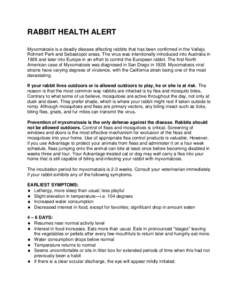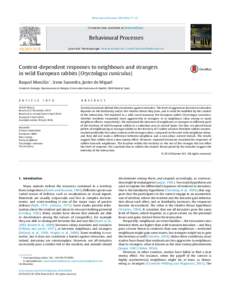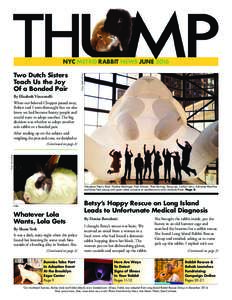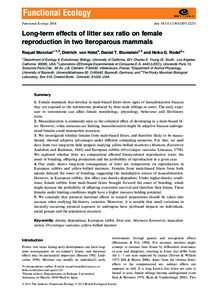 Date: 2015-08-28 19:49:47Veterinary medicine Rabbits and hares Biota Animal virology Poxviruses Dog health Rabbit European rabbit Myxomatosis Flea Mosquito Domestic rabbit | |  RABBIT HEALTH ALERT Myxomatosis is a deadly disease affecting rabbits that has been confirmed in the Vallejo, Rohnert Park and Sebastopol areas. The virus was intentionally introduced into Australia in 1926 and later int RABBIT HEALTH ALERT Myxomatosis is a deadly disease affecting rabbits that has been confirmed in the Vallejo, Rohnert Park and Sebastopol areas. The virus was intentionally introduced into Australia in 1926 and later int
Add to Reading ListSource URL: sonomahumane.orgDownload Document from Source Website File Size: 23,31 KBShare Document on Facebook
|






 RABBIT HEALTH ALERT Myxomatosis is a deadly disease affecting rabbits that has been confirmed in the Vallejo, Rohnert Park and Sebastopol areas. The virus was intentionally introduced into Australia in 1926 and later int
RABBIT HEALTH ALERT Myxomatosis is a deadly disease affecting rabbits that has been confirmed in the Vallejo, Rohnert Park and Sebastopol areas. The virus was intentionally introduced into Australia in 1926 and later int